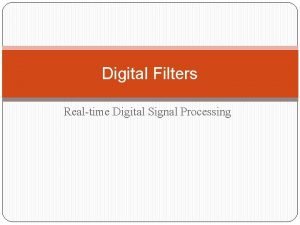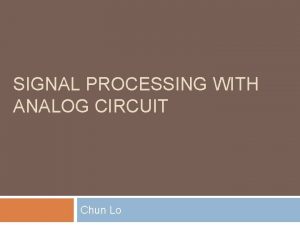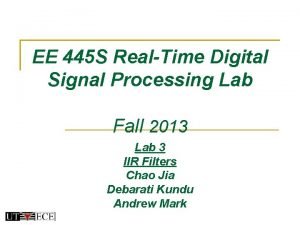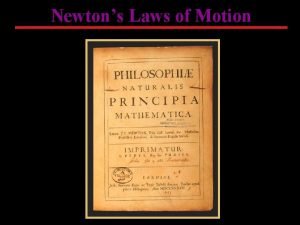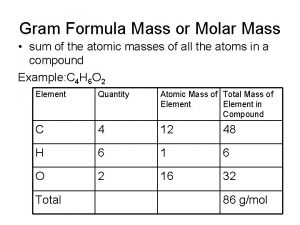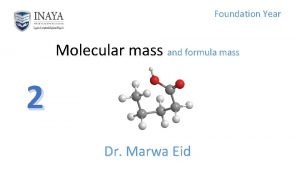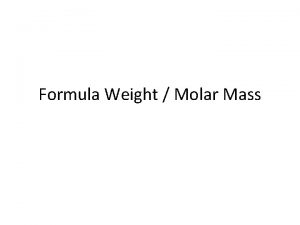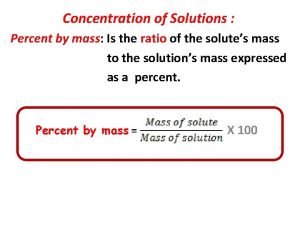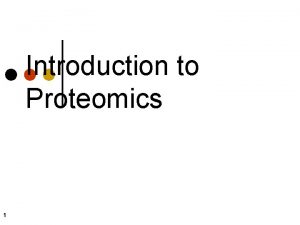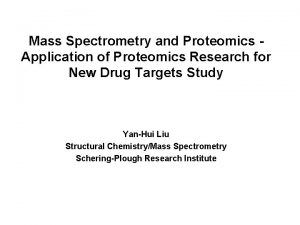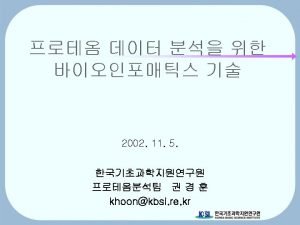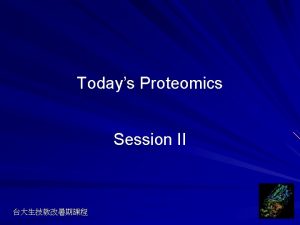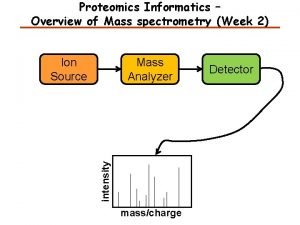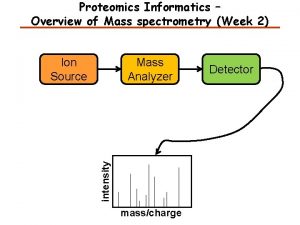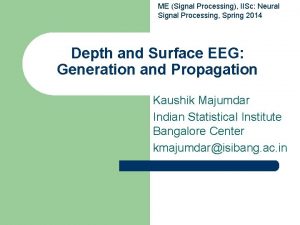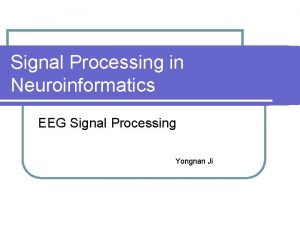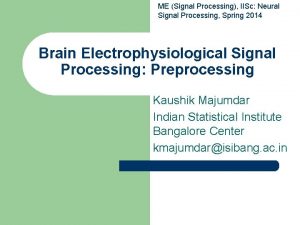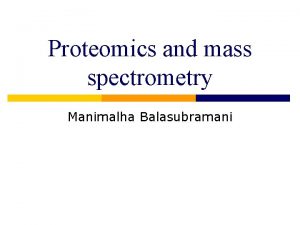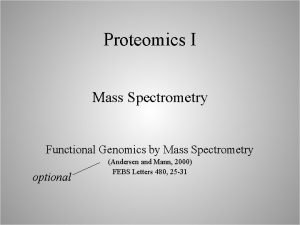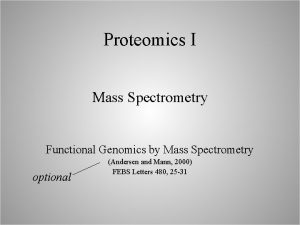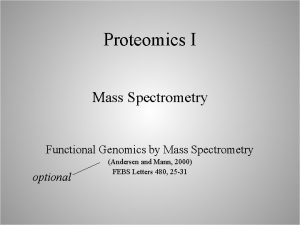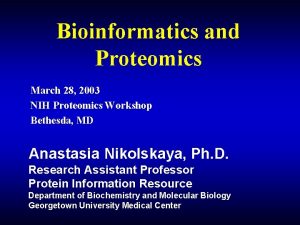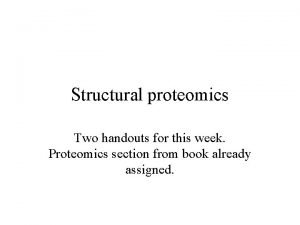Proteomics Informatics Signal processing I analysis of mass




































































- Slides: 68

Proteomics Informatics – Signal processing I: analysis of mass spectra (Week 3)

Example data – MALDI-TOF Peptide intensity vs m/z

Example data – ESI-LC-MS/MS m/z Peptide intensity vs m/z vs time 762 % Relative Abundance 100 0 Time MS/MS 875 [M+2 H]2+ 292 405 534 260 389 504 250 500 633 663 m/z 778 750 1022 9071020 1080 1000 Fragment intensity vs m/z

Sinus amplitude c a Wave length a b

Sinus and Cosinus c a a b

Two Frequencies

Fourier Transform

Fourier Transform Frequency from numpy import * x=2. 0*pi*arange(1000. 0)/100000. 0 sin 1 = sin(1000. 0*x) sin 2 = 0. 2*sin(10000. 0*x) sin 12=sin 1+sin 2 fft 12=fft. rfft(sin 12)

Inverse Fourier Transform Frequency

Inverse Fourier Transform Frequency from numpy import * x=2. 0*pi*arange(1000. 0)/100000. 0 sin 1 = sin(1000. 0*x) sin 2 = 0. 2*sin(10000. 0*x) sin 12=sin 1+sin 2 fft 12=fft. rfft(sin 12) sin 12_= fft. irfft(fft 12, len(sin 12))

Inverse Fourier Transform Frequency

A Peak Intensity maximum full width at half maximum (FWHM) height area centroid mean variance skewness kurtosis

Mean and variance A peak is defined by Mean Variance and

Skewness and kurtosis Skewness Kurtosis

A Gaussian Peak Frequency def gaussian(x, x 0, s): return exp(-(x-x 0)**2/(2*s**2)) x = linspace(-1, 1, 1000) y=gaussian(x, 0, 0. 1) ffty=fft. rfft(y)

A Gaussian Peak Frequency Skewness = 0 Kurtosis = 0

Peak with a longer tail Frequency

A skewed peak Frequency def pdf(x): return 1/sqrt(2*pi) * exp(-x**2/2) def cdf(x): return (1 + erf(x/sqrt(2))) / 2 def skew(x, e=0, w=1, a=0): t = (x-e) / w return 2 / w * pdf(t) * cdf(a*t)

Normal noise Frequency x = linspace(-1, 1, 1000) y=0. 2*random. normal(size=len(x)) If the noise is not normally distributed, try to find a transform that makes it normal

Lognormal noise Frequency x = linspace(-1, 1, 1000) y=0. 2*random. lognormal(size=len(x))

Skewed noise Frequency x=random. uniform(-1. 0, size=10*len(x)) y=random. uniform(0. 0, 1. 0, size=10*len(x)) yskew=skew(x, -0. 1, 0. 2, 10)/max(yskew) yn_skew=x_test[y<yskew][: len(x)]

Gaussian peak with normal noise Frequency

Removing High Frequences Frequency

Convolution Describes the response of a linear and timeinvariant system to an input signal The inverse Fourier transform of the pointwise product in frequency space http: //en. wikipedia. org/wiki/Convolution

Smoothing by convolution

Intensity Smoothing w=ones(2*width+1, 'd') convolve(w/w. sum(), y, 'valid‘) Frequency

Smoothing

Smoothing

Adaptive Background Correction (unsharp masking) wi = linspace(1, window_len) w = 1 / ( 2*r_[wi[: : -1], 0, wi] + 1 ) x_ = x - d*convolve(w/w. sum(), x, 'valid') Original Unsharp masking

Adaptive Background Correction

Smoothing and Adaptive Background Correction

Savitsky-Golay smoothing Polynomial order = 3 Bin size = 25 Bin size = 75 Bin size = 150 Polynomial order = 5 Polynomial order = 7

Background Frequency

Background Subtraction Using Smoothing Bin size = 100 Smooting Background subtraction Bin size = 200 Smooting Background subtraction Bin size = 300 Smooting Background subtraction

Root Mean Square Deviation (RMSD) The Root Mean Square Deviation (RMSD) is often constant for the noise and larger for the peak if the window size is approximately the size of the peak.

Background Subtraction using RMSD Bin size = 300 Intensity RMSD Bin size = 200 Intensity RMSD Bin size = 100

Convolution, Cross-correlation, and Autocorrelation Convolution describes the response of a linear and time-invariant system to an input signal. The inverse Fourier transform of the pointwise product in frequency space. Cross-correlation is a measure of similarity of two signals. Auto-correlation is the cross-correlation of a signal with itself. It can be used for finding a shift between two signals. It can be used for finding periodic signals obscured by noise. http: //en. wikipedia. org/wiki/Convolution

Cross-correlation and autocorrelation http: //en. wikipedia. org/wiki/Convolution

Autocorrelation Signal Autocorrelation Same signal

Cross-correlation Signal Cross-correlation Shifted signal

Cross-correlation Signal Cross-correlation Half of the peaks shifted

How similar are two signals? Dot product Identical vectors: Perpendicular vectors: The dot product is the came as the cross-correation at zero:

What are the characteristics of the dot product? 10 10 3 1 Signal+Noise 100 1000 Dimensions 0. 3 0. 1 S/N

Autocorrelation Signal Sum of signal and shifted signal Shifted signal Autocorrelation

Coincidence – enhances the signal The signal to noise can be dramatically increased by measuring several independent signals of the same phenomenon and combining these signals. Ideal signal Product of the four measurements Four measurements

Coincidence – supresses and transforms the noise Original noise Noise in product

Coincidence – supresses interference Ideal signal Product of the four measurements Four measurements with interference

Peak Finding The derivative of a function is zero at its minima and maxima. The second derivative is negative at maxima and positive at minima.

Intensity Peak Finding 1. Characterize the signal and the noise 2. Make a model of the data 3. Select detection method 4. Select parameters using simulations

Intensity Peak Finding: Characterizing the noise Let’s first try without removing the peaks

Intensity Peak Finding: Characterizing the noise RMSD Removing the peaks by looking for outliers in the root mean square deviation (RMSD)

Intensity Peak Finding: Characterizing the peaks

Peak Finding: Model of data S/N=1 S/N=2 points=1000 x = linspace(-1, 1, points) y=noise*random. normal(size=len(x)) y+=signal*gaussian(x, 0, 0. 01) S/N=4

Peak Finding: Detection method S/N=1 S/N=2 S/N=4 Peaks can be detected by finding maxima in the moving average with a window size similar to the peak width

Peak Finding: Detection method – moving average Signal S/N=1 S/N=2 S/N=4 Bin size = 5 Bin size = 20 Bin size = 80

Peak Finding: Detection method – RMSD Signal S/N=1 S/N=2 S/N=4 Bin size = 5 Bin size = 20 Bin size = 80

Peak Finding: Information about the Peak Intensity maximum height full width at half maximum (FWHM) centroid area (mean) mean variance skewness kurtosis

Information about a Peak A peak is defined by Centroid or mean To calculate any of these measures we need to know where the peak starts and ends.

Where does a peak start and end?

Estimating peptide quantity Intensity Peak height Curve fitting Peak area m/z

Intensity Time dimension Time m/z

Intensity Sampling Retention Time

Sampling 5% 5% Acquisition time = 0. 05 s

Sampling

What is the best way to estimate quantity? Peak height - resistant to interference - poor statistics Peak area - better statistics - more sensitive to interference Curve fitting - better statistics - needs to know the peak shape - slow

Homework: Background Subtraction Using Smoothing

Summary Fourier transform - transformation to frequency space and back Signal – how do we detect and characterize signals? Noise – how do we characterize noise? Modeling signal and noise Simulation to select thresholds and select parameters Filters – fitering by low-pass (i. e. smoothing) and high-pass filters (e. g. adaptive background correction) Detection methods based on moving average and RMSD Convolution - describes the response of a linear and time-invariant system to an input signal Cross-correlation is a measure of similarity of two signals Autocorrelation can be used for finding periodic signals obscured by noise The dot product can be used to determine how similar two signals are Coincidence measurements enhance the signal and supresses noise The quantity associated with a peak – height and area Sampling – how often do we need to sample a peak to get a good estimate of its area?

Proteomics Informatics – Signal processing I: analysis of mass spectra (Week 3)
 Yosin hitomi
Yosin hitomi History of proteomics
History of proteomics Seismic analysis code
Seismic analysis code Comparative proteomics kit ii western blot module
Comparative proteomics kit ii western blot module Comparative proteomics kit ii western blot module
Comparative proteomics kit ii western blot module Comparative proteomics kit ii western blot module
Comparative proteomics kit ii western blot module Carmelego
Carmelego Baseband signal and bandpass signal
Baseband signal and bandpass signal Baseband signal and bandpass signal
Baseband signal and bandpass signal Digital signal as a composite analog signal
Digital signal as a composite analog signal What is the product of an even signal and odd signal?
What is the product of an even signal and odd signal? 인과성
인과성 Vlsi signal processing
Vlsi signal processing Unfolding in vlsi signal processing
Unfolding in vlsi signal processing Realisation structures in signal processing is for
Realisation structures in signal processing is for Types of signal
Types of signal Cse 447
Cse 447 Digital signal processing
Digital signal processing Signal processing toolbox matlab
Signal processing toolbox matlab Complex wave
Complex wave Ica
Ica Signal processing for big data
Signal processing for big data Financial signal processing
Financial signal processing Super audio cd
Super audio cd Digital signal processing
Digital signal processing Open architecture radar
Open architecture radar Digital signal processing
Digital signal processing Digital signal processing
Digital signal processing What is digital signal processing
What is digital signal processing Sysc 2004 course outline
Sysc 2004 course outline Genomic signal processing
Genomic signal processing What is digital signal processing
What is digital signal processing![What is the z - transform of anu[n] and -anu[-n-1] What is the z - transform of anu[n] and -anu[-n-1]](data:image/svg+xml,%3Csvg%20xmlns=%22http://www.w3.org/2000/svg%22%20viewBox=%220%200%20200%20200%22%3E%3C/svg%3E) What is the z - transform of anu[n] and -anu[-n-1]
What is the z - transform of anu[n] and -anu[-n-1] Digital image processing
Digital image processing Signal processing solutions
Signal processing solutions High-performance digital signal processing
High-performance digital signal processing Precision analog signal processing
Precision analog signal processing Digital signal processing
Digital signal processing Top-down processing
Top-down processing Bottom up processing vs top down processing
Bottom up processing vs top down processing Bottom-up processing example
Bottom-up processing example Point processing operations
Point processing operations Secondary processing of food
Secondary processing of food Point processing in digital image processing
Point processing in digital image processing Histogram processing in digital image processing
Histogram processing in digital image processing Parallel processing vs concurrent processing
Parallel processing vs concurrent processing Neighborhood processing in digital image processing
Neighborhood processing in digital image processing پردازش تصویر
پردازش تصویر Gonzalez
Gonzalez Bottom up vs top down psychology
Bottom up vs top down psychology Interactive processing
Interactive processing Mass to mass formula
Mass to mass formula How to write atomic number and mass number
How to write atomic number and mass number Relative formula mass of hcl
Relative formula mass of hcl How to find mass percentage
How to find mass percentage Inertial mass vs gravitational mass
Inertial mass vs gravitational mass Volume to moles
Volume to moles How to go from grams to moles
How to go from grams to moles Mass/molar mass
Mass/molar mass Converting grams to moles
Converting grams to moles What is the unit for molar mass
What is the unit for molar mass Mass/mass problems
Mass/mass problems Difference between atomic number and atomic mass
Difference between atomic number and atomic mass Gravitational mass vs inertial mass
Gravitational mass vs inertial mass Formula mass
Formula mass Formula mass vs molecular mass
Formula mass vs molecular mass Atomicity
Atomicity Mass number formula
Mass number formula How to find percent concentration
How to find percent concentration


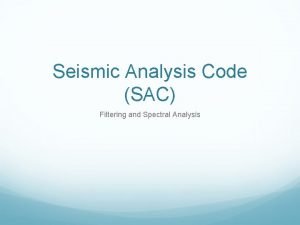
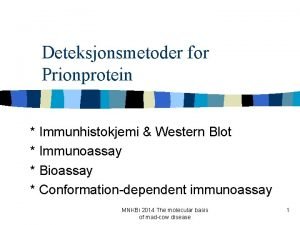







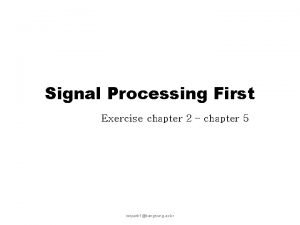
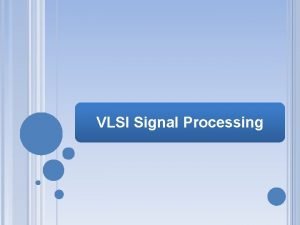
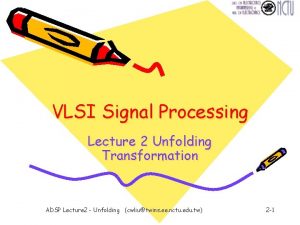
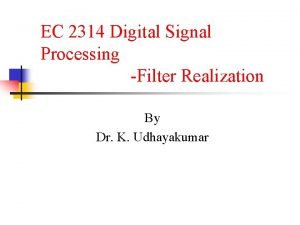
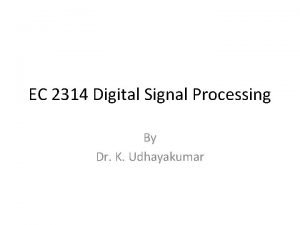


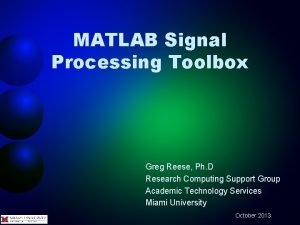
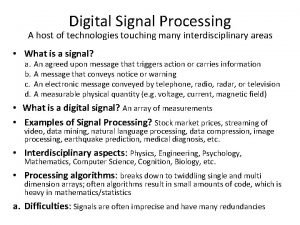
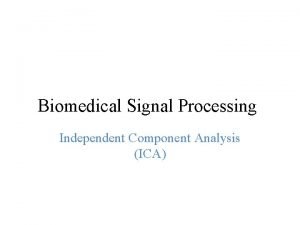
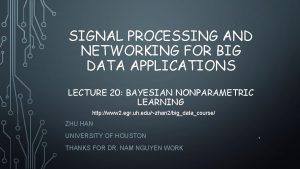
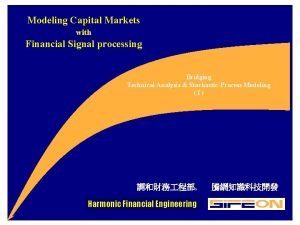
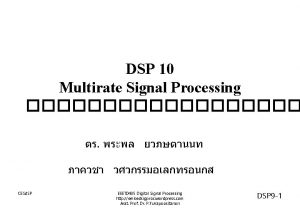

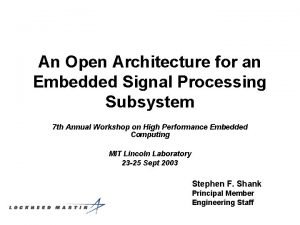
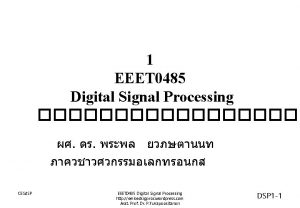
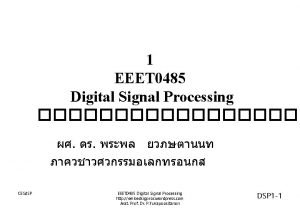
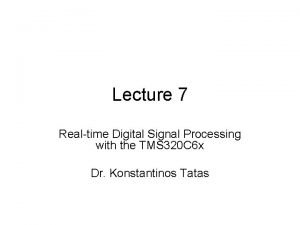
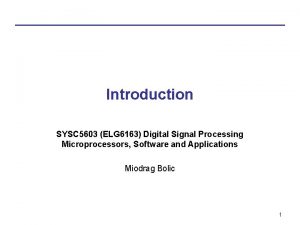
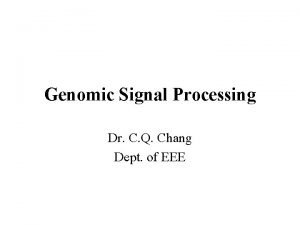
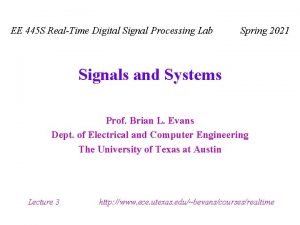
![What is the z - transform of anu[n] and -anu[-n-1] What is the z - transform of anu[n] and -anu[-n-1]](https://slidetodoc.com/wp-content/uploads/2020/12/2676408_bc1105d747f6a28db864208443624449-300x225.jpg)
